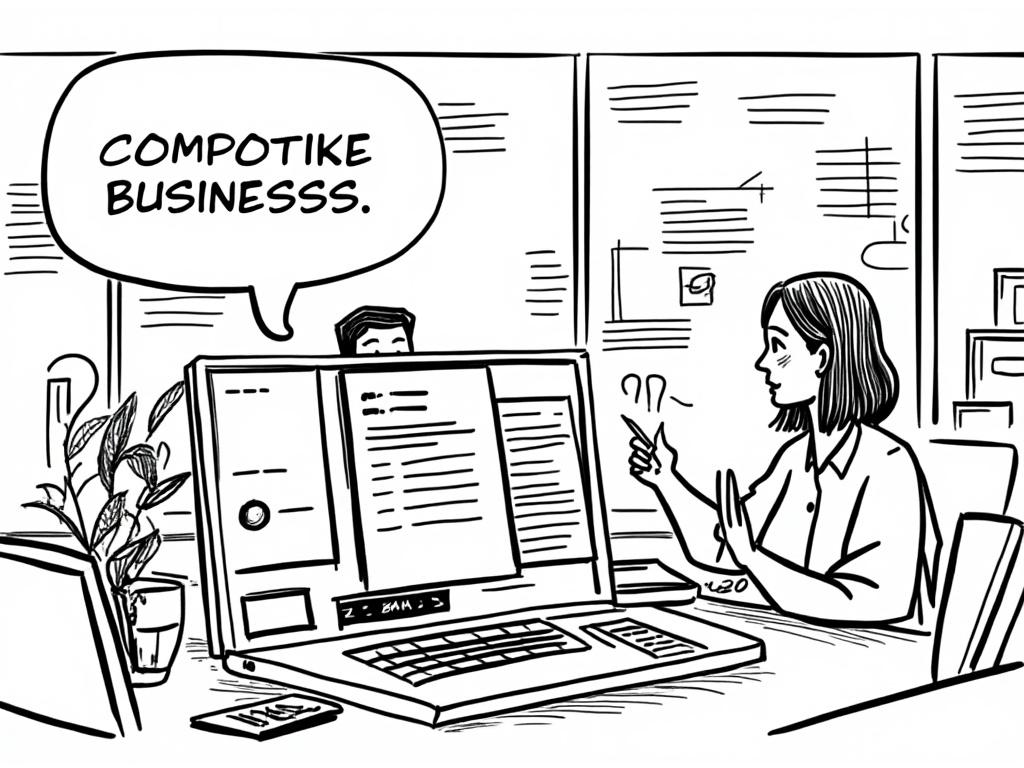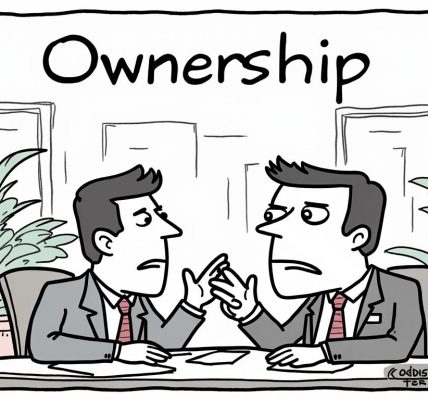
Investing in Italian Real Estate: Charm, Opportunities, and Challenges
Reading time: 12 minutes
Ever dreamed of owning a slice of la dolce vita? You’re not alone. Italy’s real estate market beckons investors worldwide with its irresistible blend of historical charm, cultural richness, and surprising investment potential. But here’s the straight talk: successful Italian property investment isn’t about romantic notions—it’s about strategic navigation of unique opportunities and well-understood challenges.
Whether you’re eyeing a Tuscan villa, a Roman apartment, or a Venetian palazzo, this comprehensive guide will transform complexity into competitive advantage.
Table of Contents
- Italian Real Estate Market Overview
- Prime Investment Opportunities
- Legal Framework and Foreign Investment
- Financial Considerations and Costs
- Regional Investment Analysis
- Common Challenges and Solutions
- Your Italian Investment Roadmap
- Frequently Asked Questions
Italian Real Estate Market Overview
Italy’s property market has undergone remarkable transformation since the 2008 financial crisis. After years of price corrections, the market has stabilized, creating compelling opportunities for savvy investors. According to the Bank of Italy’s latest data, residential property prices increased by 2.3% in 2023, marking the first sustained growth period in over a decade.
Market Dynamics:
- Total market value: €5.2 trillion (2023)
- Foreign investment share: 15% of luxury segment
- Average property age: 45 years
- Rental yield range: 3-8% depending on location
Quick Scenario: Imagine you’re considering a €300,000 apartment in Florence versus Milan. The Florence property might offer 4% rental yield with strong tourist appeal, while Milan delivers 6% yield driven by business travelers and professionals. Each presents distinct risk-reward profiles that demand strategic evaluation.
Current Market Trends
The Italian real estate landscape is experiencing three significant shifts. First, digitalization acceleration has revolutionized property searches and transactions, with 78% of buyers now starting their journey online. Second, sustainability focus has created premium valuations for energy-efficient properties, with green-certified buildings commanding 12% higher prices. Third, demographic changes in major cities are reshaping demand patterns, particularly in Milan and Rome where young professionals drive rental markets.
Marco Valerio, senior analyst at Nomisma Real Estate, notes: “We’re witnessing a fundamental shift where international investors are moving beyond traditional tourist destinations to embrace emerging markets in Northern Italy’s industrial corridors.”
Investment Performance Comparison
Italian Real Estate ROI by Region (2023)
Prime Investment Opportunities
Italian real estate offers diverse investment pathways, each with distinct characteristics and potential returns. Understanding these opportunities requires looking beyond surface appeal to fundamental market drivers.
Residential Investment Strategies
Short-term Rental Markets have exploded across Italy’s tourist destinations. Properties in Rome’s Trastevere district generate average monthly revenues of €2,800 for one-bedroom apartments, while similar units in traditional residential leases yield €1,200. However, new regulations in Venice and Florence are restricting short-term rentals, creating opportunities in secondary cities like Bologna and Verona.
Student Housing represents an underexploited niche. With over 1.7 million university students nationwide and chronic housing shortages in university cities, purpose-built student accommodation delivers 7-9% yields. Milan’s Bocconi University area exemplifies this opportunity, where modern student housing commands €650-800 per bed monthly.
Commercial Real Estate Segments
Italy’s commercial property sector is experiencing significant transformation. Logistics and warehousing have become investment darlings, with e-commerce growth driving demand for last-mile delivery facilities. Prime logistics assets in Northern Italy’s industrial triangle yield 6-8% with strong tenant covenants from major retailers.
Office space modernization presents compelling opportunities as companies upgrade from Italy’s aging commercial stock. Milan’s Porta Nuova district showcases this trend, where renovated Class A offices command €450-600 per square meter annually, compared to €200-300 for unrenovated spaces.
| Investment Type | Average Yield | Entry Investment | Risk Level | Liquidity |
|---|---|---|---|---|
| Residential Rental | 4-6% | €150,000+ | Medium | Moderate |
| Short-term Rentals | 6-10% | €200,000+ | High | Low |
| Commercial Office | 5-8% | €500,000+ | Medium | Low |
| Logistics/Industrial | 6-9% | €1,000,000+ | Low | Very Low |
| Historic Renovation | 3-7% | €300,000+ | Very High | Very Low |
Legal Framework and Foreign Investment
Italy welcomes foreign real estate investment with relatively few restrictions compared to other European markets. However, navigating the legal landscape requires understanding specific procedures and obligations.
Foreign Ownership Rights
EU citizens enjoy full property ownership rights identical to Italian nationals. Non-EU investors face minimal restrictions, primarily in border regions and areas of strategic national interest. The key requirement is obtaining an Italian tax code (Codice Fiscale) before any transaction.
Essential Legal Steps:
- Preliminary Agreement (Contratto Preliminare) – Legally binding document outlining purchase terms
- Due Diligence Period – Typically 30-60 days for property verification
- Final Deed (Rogito) – Notarized completion requiring all parties’ presence
- Registration – Property title recorded with local land registry
Pro Tip: Always engage a qualified Italian lawyer specializing in real estate. Their €2,000-4,000 fee is insignificant compared to potential legal complications from DIY approaches.
Tax Implications and Structures
Italy’s property tax framework is multifaceted but predictable. Purchase taxes vary significantly: first-time residential buyers pay 2% plus fixed fees, while non-residents and commercial properties face 9-11% rates. Annual property taxes (IMU) range from 0.4-1.06% of cadastral value, varying by municipality and property type.
Strategic tax planning can optimize your investment structure. Many international investors utilize Italian holding companies to manage multiple properties and benefit from corporate tax advantages. Giulia Rossi, tax advisor at Studio Legale Milano, explains: “Proper structuring can reduce overall tax burden by 20-30% while providing operational flexibility for portfolio expansion.”
Financial Considerations and Costs
Understanding the complete cost structure is crucial for accurate investment analysis. Italian property purchases involve significant upfront costs beyond the purchase price.
Financing Options
Italian banks typically offer mortgages up to 80% LTV for residents, but non-residents usually access 60-70% financing. Interest rates for foreign buyers range from 3.5-5.5%, depending on creditworthiness and relationship banking. Major international banks like UniCredit and Intesa Sanpaolo have dedicated foreign investor programs.
Alternative financing strategies include portfolio mortgages for multiple property acquisitions and asset-based lending for commercial properties. Some investors leverage existing international assets as collateral for Italian purchases, accessing better terms through their home country banks.
Total Cost Breakdown
Beyond purchase price, budget for substantial additional costs:
- Notary fees: 1-2.5% of purchase price
- Legal fees: €2,000-5,000
- Survey and technical reports: €1,500-3,000
- Registration and taxes: 2-11% depending on status
- Real estate agent commission: 3-6% (typically split buyer/seller)
Case Study: A €400,000 Rome apartment purchase by a non-EU investor typically incurs €50,000-65,000 in additional costs, bringing total investment to €450,000-465,000.
Regional Investment Analysis
Italy’s diverse regions offer dramatically different investment profiles. Success requires matching investment strategy with regional characteristics.
Northern Italy: Economic Powerhouse
Lombardy and Milan represent Italy’s economic engine, generating 22% of national GDP. Property values reflect this economic strength, with central Milan apartments averaging €5,500-8,000 per square meter. The upcoming 2026 Winter Olympics are driving infrastructure investment and property appreciation, particularly in previously overlooked neighborhoods like Isola and Porta Romana.
Veneto Region offers compelling opportunities beyond Venice’s tourist focus. Padua and Verona provide stable rental markets driven by industrial activity and university populations, with significantly lower entry costs than Venice proper.
Central Italy: Historic Charm Meets Modern Demand
Rome’s market dynamics are unique among global capitals. Historic center properties command premium prices (€4,000-7,000 per sqm) but face rental restrictions. Emerging neighborhoods like Pigneto and San Lorenzo offer better yields with urban regeneration potential.
Tuscany’s tourist economy supports strong short-term rental markets, but regulatory changes require careful market selection. Secondary cities like Lucca and Arezzo provide better value propositions than oversaturated Florence and Siena markets.
Southern Italy: Emerging Value
Southern regions offer exceptional value but require different risk assessments. Naples’ real estate renaissance, driven by improved security and infrastructure investment, has created opportunities in waterfront districts like Chiaia and Posillipo. Prices remain 40-50% below Northern equivalents while offering similar amenities.
Common Challenges and Solutions
Italian real estate investment involves well-documented challenges, but experienced investors have developed proven solutions.
Bureaucratic Complexity
Challenge: Italy’s administrative processes can be labyrinthine, with multiple agencies involved in property transactions. Document requirements often seem excessive to international investors.
Solution: Build a reliable professional network before investing. A qualified commercialista (accountant), geometra (surveyor), and real estate lawyer create your essential support team. Their local knowledge navigates bureaucratic complexities efficiently. Budget €500-1,000 monthly for ongoing professional support during active investment phases.
Property Condition and Renovation
Challenge: Many Italian properties require significant renovation, particularly in historic centers. Building codes for protected structures can be restrictive and expensive to navigate.
Solution: Conduct thorough technical inspections before purchase. Engage architects experienced with local regulations early in the process. Factor renovation costs at 150-200% of initial estimates for historic properties. Consider partially renovated properties where previous owners have secured difficult permits.
Rental Market Dynamics
Challenge: Tenant protection laws strongly favor renters, making eviction processes lengthy and expensive. Short-term rental regulations continue evolving rapidly.
Solution: Implement robust tenant screening processes and maintain comprehensive insurance coverage. Diversify rental strategies across multiple properties and rental types. Stay informed about regulatory changes through professional associations and local property management companies.
Your Italian Investment Roadmap
Ready to transform Italian real estate dreams into profitable reality? Your success depends on strategic preparation and systematic execution. Here’s your actionable roadmap:
Phase 1: Foundation Building (Months 1-2)
- Establish Italian tax code and banking relationships
- Assemble professional team (lawyer, accountant, local agent)
- Define investment criteria and target regions
- Secure preliminary financing approvals
Phase 2: Market Intelligence (Months 2-4)
- Conduct multiple property viewings across target areas
- Analyze local rental markets and pricing trends
- Network with local investors and property managers
- Refine investment strategy based on market realities
Phase 3: Strategic Execution (Months 4-6)
- Negotiate and secure preliminary purchase agreements
- Complete comprehensive due diligence processes
- Finalize financing and legal documentation
- Execute purchase and establish operational systems
Long-term Success Factors:
Successful Italian real estate investment requires patience, cultural sensitivity, and continuous learning. The market rewards investors who understand local nuances and build genuine relationships with Italian partners. Consider starting with a single property to learn market dynamics before expanding your portfolio.
As Italy continues modernizing its economy while preserving its cultural heritage, property investment opportunities will evolve. The investors who succeed will be those who balance romantic appeal with rigorous financial analysis, creating portfolios that deliver both emotional satisfaction and financial returns.
What’s your vision for Italian real estate success? Whether seeking rental income, capital appreciation, or lifestyle enhancement, the key is starting with clear objectives and professional guidance. The Italian dream awaits—with proper preparation, it can become your profitable reality.
Frequently Asked Questions
Can non-EU citizens freely purchase property in Italy?
Yes, non-EU citizens can purchase Italian real estate with minimal restrictions. The main requirement is obtaining an Italian tax code (Codice Fiscale) before the transaction. Some restrictions apply in border regions and areas of strategic national interest, but these rarely affect typical residential or commercial investments. The process is straightforward and typically completed within a few weeks of initial application.
What are typical rental yields for Italian investment properties?
Rental yields vary significantly by location and property type. Traditional residential rentals typically yield 3-6% annually, while short-term vacation rentals can achieve 6-10% in tourist destinations. Commercial properties generally offer 5-8% yields, with logistics and industrial properties at the higher end. Milan and Rome offer the highest absolute rental values, while secondary cities often provide better percentage yields on lower purchase prices.
How much should I budget for total acquisition costs beyond the purchase price?
Budget approximately 12-18% of the purchase price for total acquisition costs. This includes notary fees (1-2.5%), legal fees (€2,000-5,000), taxes (2-11% depending on buyer status and property type), technical surveys (€1,500-3,000), and real estate commissions (3-6%). Non-resident buyers typically face higher tax rates, so factor this into your investment calculations. Always obtain detailed cost estimates from your professional team before committing to any purchase.

Article reviewed by Sophia Georgiadou, Global Expansion Consultant | Market Entry Strategist | Breaking Into Emerging Markets with Tailored Localization Plans, on July 7, 2025




